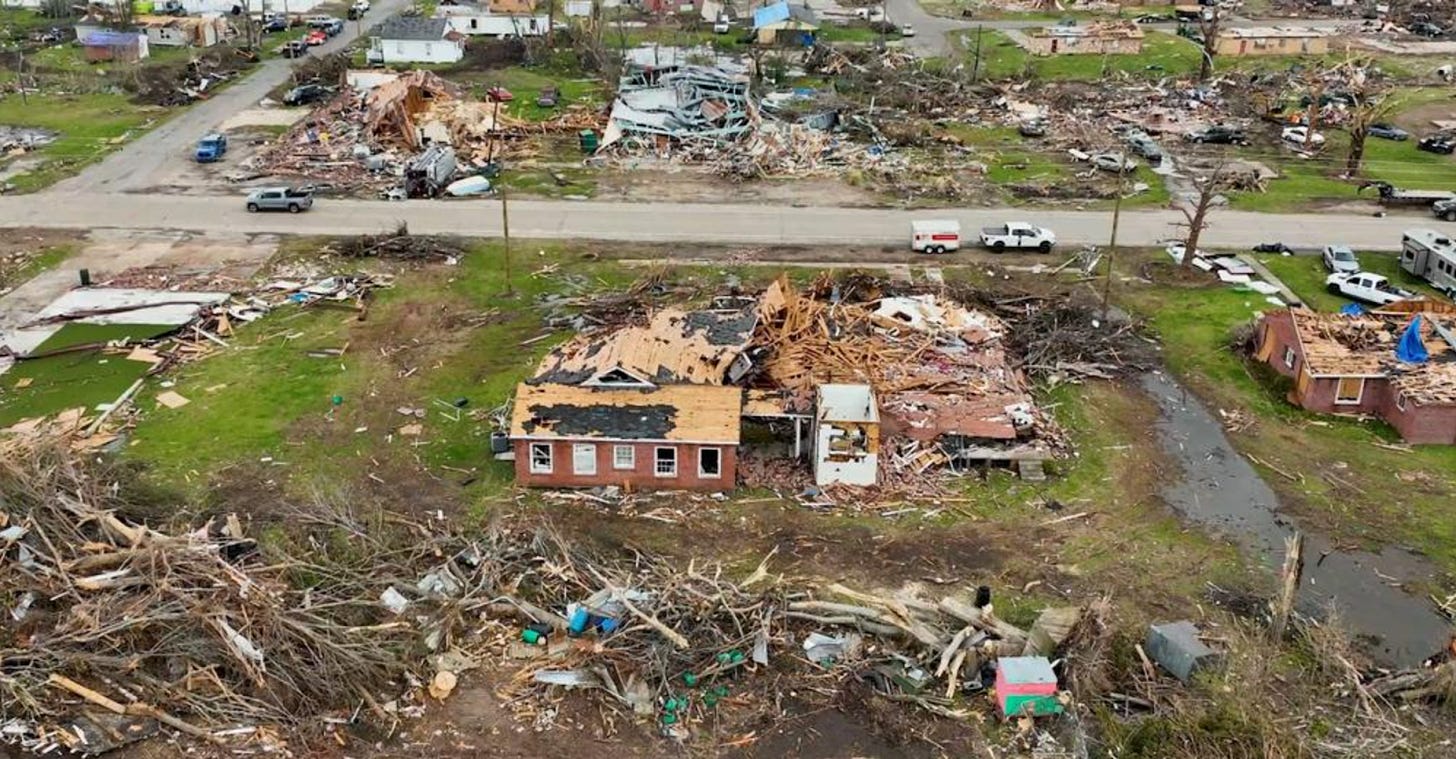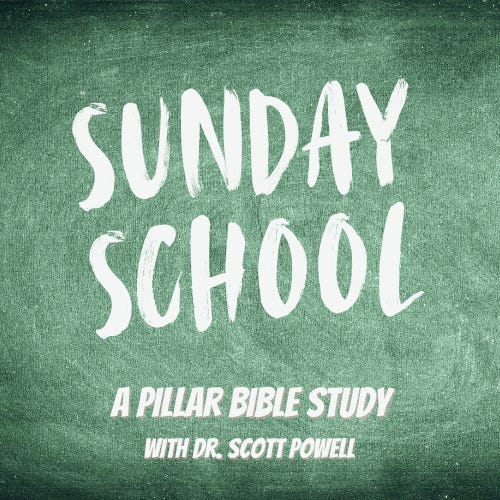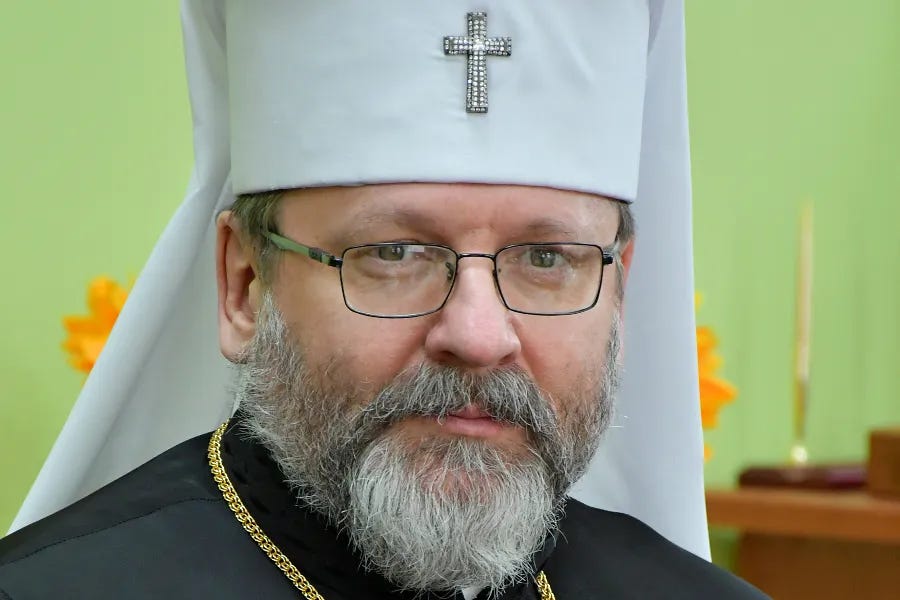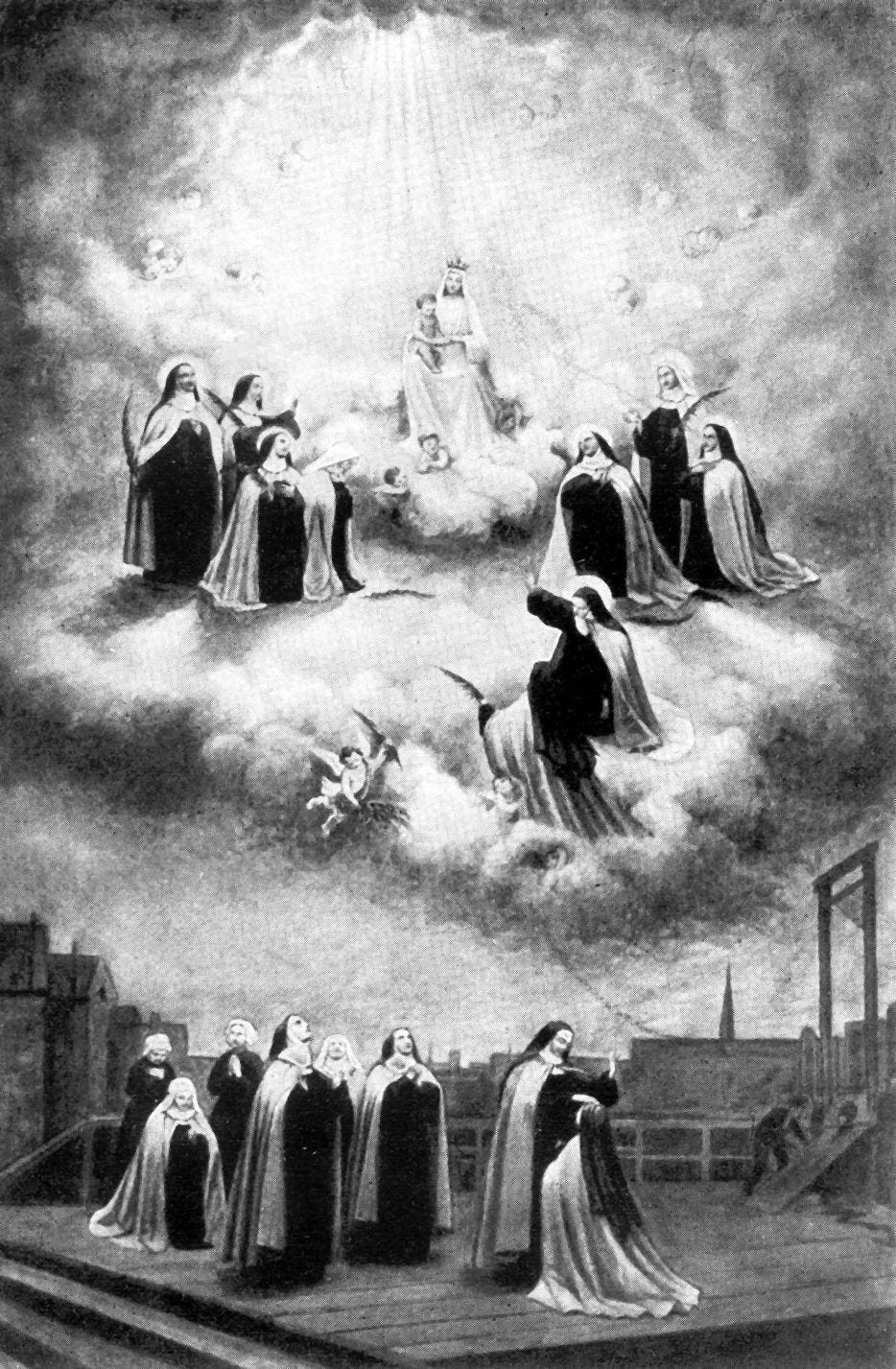Pillar subscribers can listen to JD read this Pillar Post here: The Pillar TL;DR
Hey everybody,
It’s the first of October, the most beautiful month of the year, and you’re reading The Tuesday Pillar Post.
Before we get into the news, take a minute to pray — really, I mean it — for the victims of Hurricane Helene, spread across the entire southern United States.
At the latest count, there are at least 133 people dead, and more than 600 still missing, especially in the parts of North Carolina where the storm’s damage has left more than a million people stranded without electricity, and hundreds of thousands in flooded areas, without clean water or access to medical care.
The damage across huge swaths of the state is catastrophic, and calls for our prayers as the first response. Pray with us for people still in terrible situations, and for those who minister to them.
But also, we at The Pillar want to help. So here’s what we’re going to do. For the first two weeks of October, we’re planning to give $10 to the disaster relief efforts at the Catholic Charities of the Diocese of Charlotte for every new or upgraded subscription to The Pillar.
Of course, you can also just give to them yourself, right here.
But if you’ve been meaning to subscribe to The Pillar for a while, or to upgrade your sub, do it now, and join The Pillar community in giving together to support the Church’s relief efforts.
(Also, you could use us to multiply your efforts, if you really want to be calculating about it, I guess. Sign up for an $8/month subscription, we’ll give the $10, then you cancel your subscription, and — BAM! — you’ve made a $10 donation that only cost you 8 bucks. I’m just saying.)
Now with those prayers said, here’s the news.
The news
Readers of The Pillar know that the San Diego diocese launched its new policy last month, leaving Catholic homeschool co-ops across the diocese scrambling to find new space.
After The Pillar reported on the policy, Cardinal Robert McElroy issued his Sept. 25 statement explaining that while the diocese “supports the decision of a growing number of parents to choose home-schooling for their children,” those parents wouldn’t actually be permitted to use empty parish halls or church basements for their once weekly meetings.
But while the substance of the policy didn’t change, the cardinal did back off from a claim that identified “parish run schools and religious education programs” as the “primary means by which the Church accomplishes its teaching mission for children.”
In his latest statement, McElroy acknowledged that indeed, “Catholic teaching makes clear that parents are the first teachers of their children in faith and in choosing the educational setting for their children.”
Nevertheless, he said, putting homeschool coops in parish church buildings could give the impression that “the Church is endorsing a parallel educational model.”
On that front, he said, “the vibrancy of our Catholic schools takes precedence.”
Read the whole thing, right here.
On Friday, Pillar contributing editor Brendan Hodge did some digging into the numbers, and he turned up a lot of really interesting stuff.
Here are some examples:
— There are more homeschooled children in the United States than there are children in Catholic schools — and it’s not even remotely close, actually.
— There are likely 400,000 to 470,000 Catholic children being homeschooled in the United States today.
— By 2050, it is likely that 20% to 30% of all priestly and religious vocations in the U.S. will come from homeschool families — because homeschool students seem to pursue those vocations at three or four times the rate of the general Catholic population.
Here’s the bottom line, as Brendan puts it:
“...given the key role that homeschooling families are clearly playing in forming vocations which will support the Church in years to come, it will be important for Catholic parishes and dioceses to learn how to work productively with the homeschooling communities which exist within them.”
“Success or failure in that may not only have significant effects for the spiritual health of those families, but for the institutional health of the Church itself in an increasingly secular world.”
You don’t want to miss this data analysis. Read it here.
— The Vatican announced on Friday that the Baltic nation of Estonia will have its own full-fledged diocese, for the first time in the country’s history. Here’s what that’s all about.
— Bishop Christopher Saunders appeared in Australian court Monday to enter a plea of not guilty to 28 criminal charges, including allegations of sexual assault and indecent dealings with a minor. The bishop is also facing separate firearms charges. So there’s a lot going on with him, obviously.
— In the latest chapter of the Syro-Malabar liturgy dispute, Catholics in the Archeparchy of Ernakulam walked right into their archbishop’s house and restored to prominent display a bust of the archbishop who first promoted the versus populum praxis at the center of a years-long liturgy war.
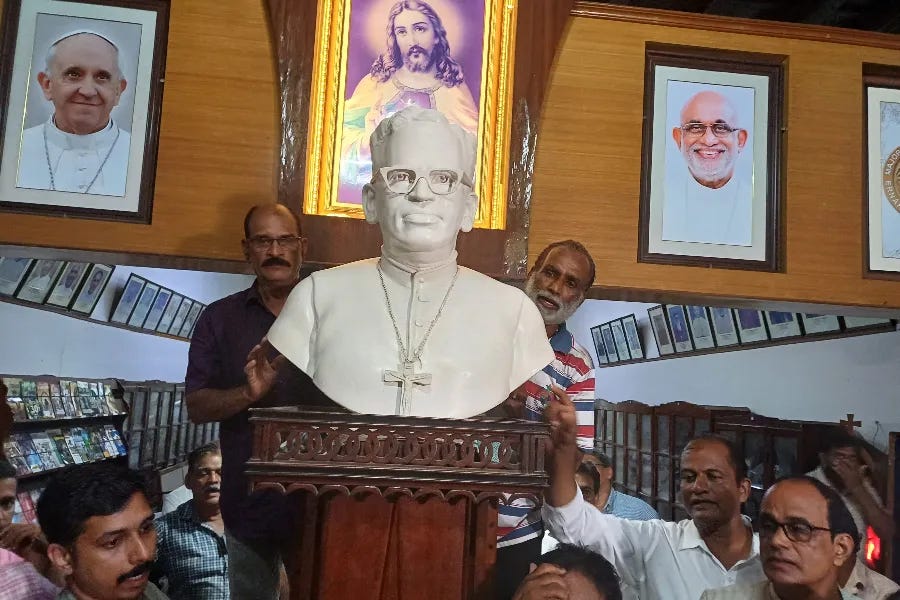
The lay people who restored the bust are protestors pushing for their priests to resist Vatican pressure, and to maintain the versus populum liturgy which had become the custom in much of their diocese.
In short, when they displayed the bust in their archbishop’s house, it was a symbolic middle finger to Pope Francis, and to the Syro-Malabar leaders who support his directive for a unified liturgy in the Syro-Malabar Church.
For me, the real question is why no churchman has been able — or willing — to bring this long liturgy war to a close.
Zag-nuns?
The Arlington Carmelites of Arlington, Texas are back in the news this week, after CBS News reported that as the Carmelites battled their bishop and the Vatican over control of their monastery, they also quietly transferred the legal title of that monastery to a nonprofit led by lay people, which is called Friends of the Discalced Carmelite Nuns of Arlington.
The purpose of that transfer seems to be ensuring that the nuns’ actual property lies outside the control of ecclesiastical authorities in the event that the controversial monastery is suppressed, or in the event that the Vatican-appointed superior to the nuns attempts to have some of her charges evicted by a county sheriff — especially after a statement today, in which the Vatican-appointed superior said she’s visiting with the Vatican about the monastery’s decision to “associate itself” with the traditionalist Society of St. Pius X, a group in “irregular communion” with the Catholic Church.
Anyway, as to the property, the transfer is not entirely unique — the Carmelites are not the first religious who have attempted to give their property to lay people in order to keep it away from the Church’s hierarchical authorities.
But the move is almost certainly — 99.99999% almost certainly —- canonically invalid. And in this explainer, The Pillar tells you why.
But as with all things involving the Carmelites of Texas, that’s not where the story ends — and in this case, it involves a very unexpected Catholic crossover.
Yesterday, The Pillar was first to report that among the board members of the Friends of the Discalced Carmelite Nuns of Arlington, you will find a rather unlikely figure: the president of Gonzaga University, along with his wife, the university’s vice provost.
Yes, you read that right. The president of Jesuit university is a member of the lay board that is helping traditionalist, SSPX-associated, Vigano-supported, Carmelite nuns to hide their property in plain sight from the Bishop of Rome, himself a Jesuit.
Guys, you really couldn’t make this up.
But it turns out that one of the more active Carmelites nuns in the fight against the Vatican is the sister of Gonzaga’s president. And it seems that Gonzaga prez Thayne McCulloh and his wife Julie have stepped in to help his sister and the other Carmelites to (seemingly) invalidly alienate their property.
Jesuits and Traditionalists, discreetly fighting the Vatican together.
Is this synodality?
Octubre
I told you that October is the best month, and now I’ll tell you why.
— Today is the Feast of the Little Flower, St. Therese. Even if you’re not a St. Therese fan, it’s a fun day to pick up some grocery store roses, and then discreetly drop them off at the homes of people who might be asking St. Therese for a rose. In fact, that’s one of our family’s favorite Oct. 1 customs.
— Today is also International Raccoon Appreciation Day. So leave some cat food on your front porch, or else take a pair of bluetick hounds into the Ozarks or somewhere to catch a raccoon or two, according to your preference, I guess.
— It’s not too late to try memorizing the whole of Chesterton’s “Lepanto” ahead of the feast of Our Lady of the Rosary on October 7. If you’re starting now, you won’t succeed, but there’s no harm in trying.
— October (and very early November) is the only time in which a sports equinox is possible.
A sports equinox is when the NBA, NFL, MLB, and NHL all have games on the same day. There will be a sports equinox on October 30th — only 30 of them have occurred in human history, with the first happening in 1971.
While nine sports equinoxes occurred between 1971 and 1980, and then there was one in 1985, it was after that 16 years before the world experienced another in 2001. We are presently living in a golden age — there has been a sports equinox every year since 2015, though no one can say how long the streak will last.
— Finally, if you live in Louisiana, I’ll be giving two lectures this week at the Franciscan Missionaries of Our Lady University in Baton Rogue — one tomorrow, and one Thursday morning. I told Ed about them months ago, but I’m betting he forgot, which means he’ll find out when reading this newsletter that I’ll be out of the office tomorrow. Meanwhile, if you’d like to come listen to me yap and yammer, here are the details.
Thank you, Pillar readers, for reading and supporting our work. If you like, help us support recovery efforts in North Carolina.
Please be assured of our prayers, and please pray for us. We need it.
Yours in Christ,
JD Flynn
Editor-in-chief
The Pillar

